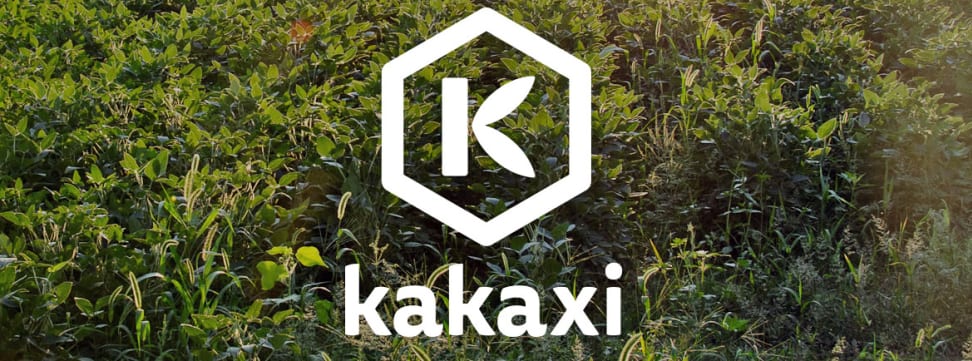A Farm-to-Table Social Network? Yep, That Exists
Slow food meets the Internet of Things
 Credit:
Kakaxi
Credit:
Kakaxi
Products are chosen independently by our editors. Purchases made through our links may earn us a commission.
By now, you’ve probably heard of the “farm-to-table” movement. Eating meat, dairy, and produce sourced from local farms can help people eat healthier and foster a sense of community, or so its proponents believe.
But despite the movement’s growing popularity, there’s a surprising lack of transparency surrounding farms and the food they grow. Even regular farmer’s market shoppers may not know much about the people selling the vast array of pesticide-free, hormone-free, all-natural foodstuffs.
{{brightcove '4144598404001'}}
Kakaxi wants to change all that. Combining social media, smart tech, and sustainable energy, the startup aims to connect consumers even more directly to the farms growing their food, and to let farmers see how their products are being used in the real world.
{{amazon name="From the Farm to the Table: What All Americans Need to Know about Agriculture (Clark Lectures)", asin="0813192269", align="right"}} It starts with the farmers. Participating small farms get Bluetooth-enabled, solar-powered, sensor-rich monitoring devices that can transmit information to the Kakaxi network. The info includes stuff like temperature, humidity, day length, sap flow, and soil conditions. The seven-inch cylindrical towers even include a camera, so you can watch plants grow via time-lapse videos.
According to the folks at Kakaxi, the idea is to “link food to the story behind it.” If you know how your food is grown, you’ll have more appreciation for the farmers who bring it to your table and feel more confident in its quality.

The smart sensor is just under 7 inches tall, making it an unobtrusive presence in the farm.
The consumer's role isn't entirely passive, however. Kakaxi users will be able to upload photos of the food they make, share recipes with other users, and let farmers know what they think of their products.
That may not sound like much, but it allows the farmer to see the fruits (literally and figuratively) of their labors. Instead of treating food as a product, it turns the process—from farm to table—into a collaborative work of art. And what artist doesn’t want to see their work appreciated?

Consumers can also use the app to share recipes and pictures of their meals with farmers and other users.
It would be easy to dismiss Kakaxi as a twee blend of hipster, hippy, and techno-utopian mentalities, but if you dig a little deeper that’s a lot more going on. Kakaxi is more than just a little tower and a smartphone app. It’s a tool that we can use to change our perspective on food, reconnecting us to farmers in a more impactful way than just opting to shop at your nearest Whole Foods.
Adam Smith, Kakaxi’s Director of Partnership, filled us in on the business model behind Kakaxi.
Initially, the startup will partner with CSA farms; a nominal increase in membership fees would generate revenue to sustain and grow the project. The platform could eventually expand to include distributers like Whole Foods and Amazon Fresh, and Smith said he envisions QR codes next to produce displays in stores that will link you to farm info and videos of the products being grown.

CFO Akihiko Nagata (left) and CEO Taizo Otsuka with the Kakaxi sensor and a local farmer.
There’s a long way to go, though. Kakaxi is in the midst of a Kickstarter campaign that's set to run through this Saturday, and it's not going too well: With just three days to go, the campaign is about 85% short of its $30,000 goal. A Kickstarter failure isn't necessarily a showstopper in today's startup world, but it would certainly be a speed bump on the road to success.

